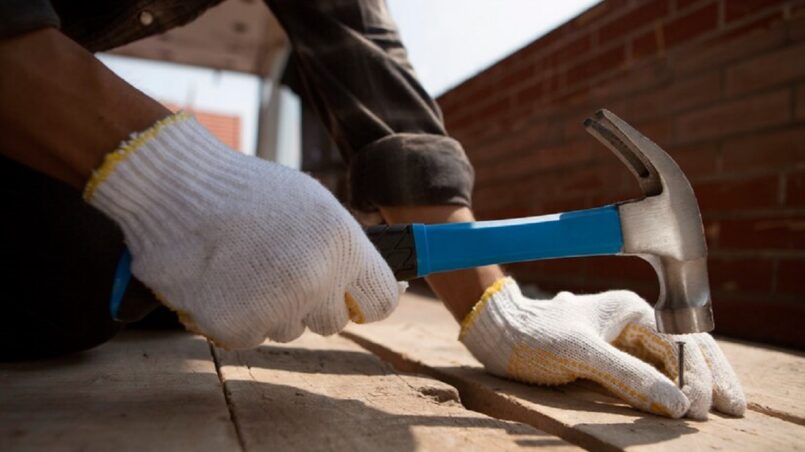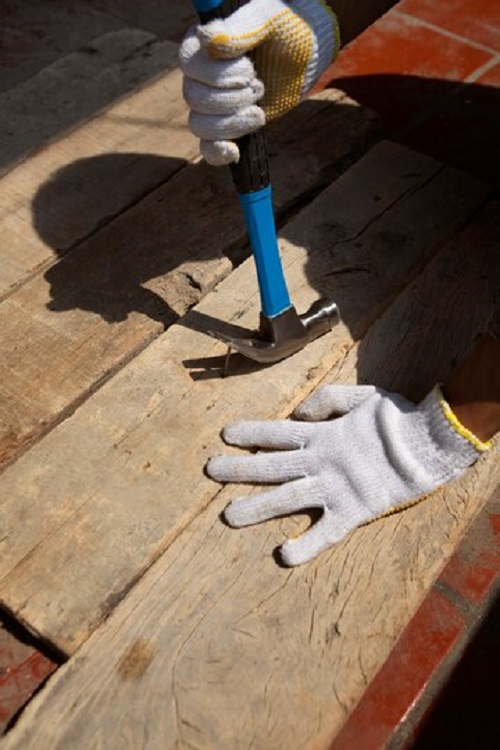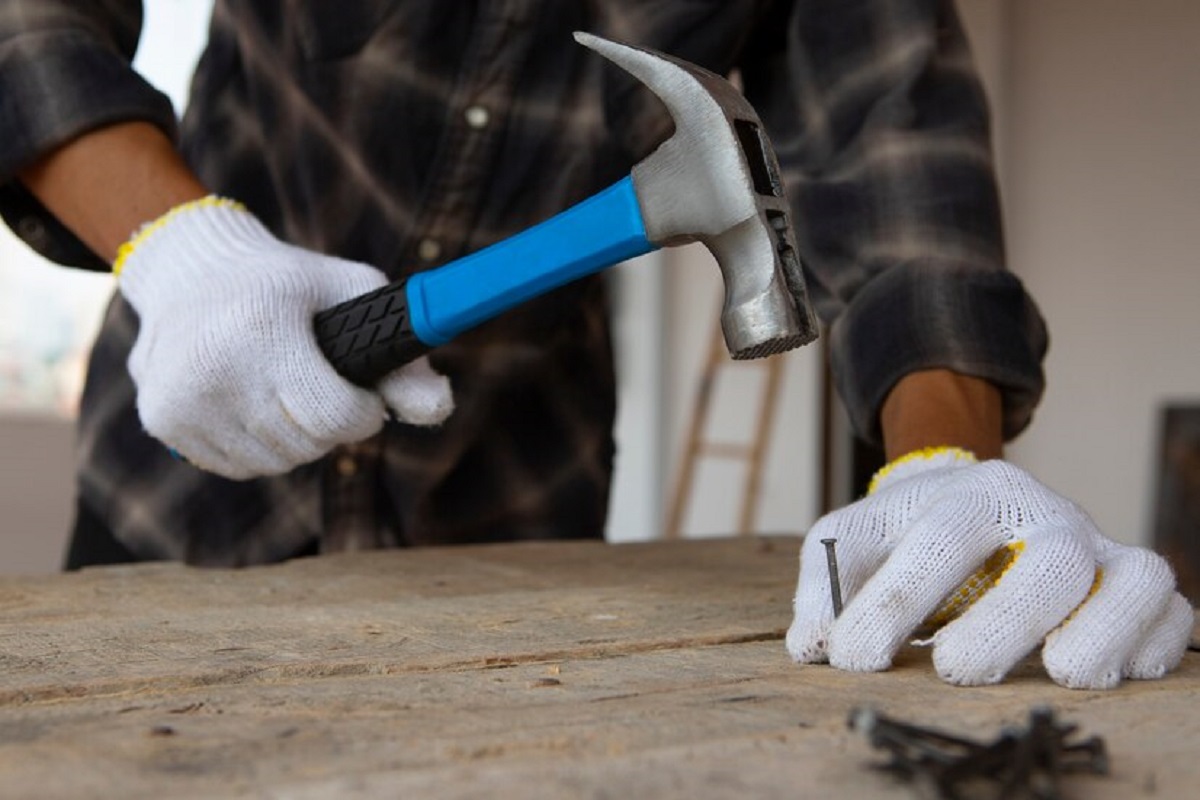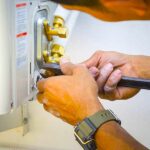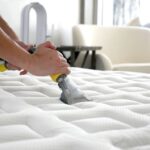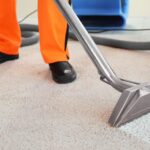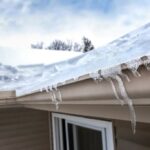When it comes to enhancing energy efficiency in your home, insulating your slab foundation can have a tremendous impact. By effectively safeguarding your foundation, you can maintain optimal indoor temperatures, minimize energy consumption, and enhance the comfort of your floors. This simple yet effective home improvement can lead to significant cost savings while also helping reduce your carbon footprint. In this guide, I’ll walk you through everything you need about how to insulate a slab foundation, from the benefits to the step-by-step process.
Why Insulate Your Slab Foundation?
Insulating a slab foundation provides a thermal break between the concrete foundation and the conditioned spaces of your home. Here are some of the main benefits:
Regulate Indoor Temperatures
Insulating your slab helps keep your floors warmer in the winter and cooler in the summer. This goes a long way toward regulating indoor temperatures and reducing the energy usage of your HVAC system.
Reduce Heating & Cooling Costs
Insulating your slab can significantly reduce heat transfer between your home’s conditioned space and the outside soil. This means your furnace and AC won’t have to work as hard to maintain comfortable temperatures.
Improve Comfort
Ever feel like your floors are uncomfortably cold in the winter or hot in the summer? Insulating your slab helps moderate surface temperatures, making your floors more comfortable year-round.
Reduce Humidity & Moisture Problems
Insulation provides a barrier against moisture transfer and humidity from the soil below. This can help reduce musty odors, moisture damage, and other humidity issues.
Increase Home Value
Upgrading your home’s insulation improves its energy efficiency. This added value can pay off when it comes time to sell your home. Insulated slabs are especially appealing to buyers in climates with cold winters or hot summers.
Read Also: HOW TO IMMEDIATELY SAVE MONEY ON HEATING
When Should You Insulate Your Slab?
If your home has uninsulated slabs, the sooner you insulate, the better. The ideal time to protect a slab is during initial construction, but it can also be done as a renovation project for existing homes.
Insulating slabs during new construction is the most straightforward method. However, retrofitting insulation on top of an existing slab is an intelligent upgrade for older, inefficient homes.
Homes with HVAC systems placed in unconditioned spaces like attics and crawlspaces significantly benefit from slab insulation. The same goes for homes with ductwork or plumbing running under or through slabs.
In short, insulating existing slabs should be considered for:
- Older homes built without slab insulation
- Homes in very hot or very cold climates
- Homes with unconditioned HVAC equipment or ductwork
- Homes with moisture or humidity issues
The cost of insulating an existing slab will vary based on your region and the project’s scope. However, the energy savings and comfort benefits make it a worthwhile investment for most homes.
What Type of Insulation Should You Use?
There are several types of insulating materials well-suited for slabs. The best option for your project will depend on your specific needs and budget.
Rigid Foam Insulation
Rigid foam insulation boards are one of the most common and effective insulators for slabs. They provide excellent thermal performance in a relatively thin layer. Polystyrene and polyisocyanurate are two rigid foam products that are commonly used.
Spray Foam Insulation
Spray polyurethane foams (SPF) offer seamless air sealing when applied underneath slabs. This allows for reliable thermal performance. However, SPF does come at a higher cost than other insulations.
Fiberglass Batts
Fiberglass batts can provide decent R-values at a budget-friendly price point. However, fiberglass lacks rigidity and compressive strength. Areas where you walk could become compressed and less effective over time.
Loose-fill Insulation
Loose materials like perlite, vermiculite, or expanded polystyrene beads need a supportive liner underneath slabs. While inexpensive, settling and degradation over time can hamper performance.
Rigid foam boards provide the best performance, compressive strength, and cost-effectiveness balance for most slab insulation projects. Products like EPS or XPS foam are long-lasting and easy to install.
How Much Insulation Does Your Slab Need?
The insulation needed depends on your region’s climate conditions and the desired R-value for your home.
- Northern zones with more heating degree days need higher R-values for colder winters.
- Southern zones focused on cooling may need slightly less insulation.
An insulated slab in a northern U.S. climate may need R-10 to R-15 for the frame of reference. Warmer southern regions can get by with R-5 to R-10.
The International Residential Code (IRC) includes minimum R-values for slab perimeter insulation based on location:
- Zone 1 – R-10
- Zone 2 – R-10
- Zone 3 – R-10
- Zone 4 – R-10
Check with your local building code for specific requirements in your area. Upgrading beyond minimum code recommendations is encouraged for maximum efficiency.
Remember to add more insulation later or use a higher R-value product if your budget allows. This will future-proof your slab insulation against changing codes and provide better energy performance.
Where Should You Install Slab Insulation?
Insulation for slabs should be installed on the exterior side of the foundation. This allows the slab to remain inside the insulated envelope or thermal boundary.
The key areas to insulate include:
Perimeter Insulation
Insulating around the outer edge or perimeter of the slab is the priority. This is where heat transfer in and out of the foundation is most excellent. The recommended insulation depth around the perimeter is 24 inches or to the frost line.
Under Slab Insulation
Adding a layer of insulation under the entire slab further enhances efficiency. This is especially effective at improving comfort and reducing moisture transfer. Insulate under the slab to the same R-value as the perimeter.
Interior Edge Insulation
You can add additional insulation around slab edges inside the house. This insulates interior footings and helps prevent cold spots where the slab meets interior walls. Use rigid foam insulation without a vapor retarder facing here.
Focus first on thoroughly insulating the slab perimeter and under the entire slab before adding interior edge insulation.
How to Insulate an Existing Slab
Insulating an existing slab foundation is bigger than insulating during new construction. But with the proper planning and materials, you can still achieve excellent results. Here is an overview of the retrofit insulation process:
Prepare the Work Area
- Excavate soil around the slab exterior to expose the sides. Go down to the full frost line depth if possible.
- For under-slab insulation, clear and level the ground surface.
- Clean slab to allow adhesive and sealants to bond.
Install Perimeter Insulation
- Cut rigid foam boards to fit snugly against slab edges. Use multiple layers if needed to achieve the target R-value.
- Attach boards with construction adhesive and mechanical fasteners. Seal all seams and gaps.
- Backfill soil over the insulation. Compact and slope grade away from the house.
Add Underslab Layer
- Roll out rigid insulation over prepared ground—cut boards to fit together tightly.
- Install an underslab vapor barrier over the foam (optional).
- Seal boards and vapor barrier with tape at all seams and penetrations.
Finish Interior Edge
- Cut foam boards to fit tight around interior slab edges.
- Seal any gaps with spray foam. Leave no gaps between insulation and slab.
- Cover the insulation with nailers or drywall.
Proper moisture protection is critical when insulating existing slabs—thoroughly sealing the insulation and below-slab vapor barrier to prevent moisture issues. Consider hiring a professional installer experienced with slab retrofits.
5 Key Installation Tips
Follow these best practices when installing slab insulation:
- Support Insulation
Rigid foam boards require full soil, slab, or other contact to provide their rated R-value. Any air gaps or lack of support can jeopardize performance. - Protect Against Moisture
Ground moisture is the enemy of insulation. Use vapor barriers and waterproofing products designed explicitly for below-grade applications. - Seal Seams and Gaps
Insulation loses efficiency when air leaks through. Seal boards together and seal all seams with foam, caulk, or mastic. - Attach Securely
Adhere insulation tightly to slabs with construction adhesive. Also, use mechanical fasteners where possible for maximum stability. - Backfill Properly
When backfilling soil around perimeter insulation, avoid shifting or damaging boards—fully compact soil without overpressuring the insulation.
Following best practices for installation will ensure your slab insulation provides optimal energy efficiency for years to come.
Common Questions
Is it worth insulating an existing uninsulated slab?
Yes, adding insulation to an existing slab is one of the best energy-saving upgrades you can make. The cost is recouped quickly through lower heating and cooling bills.
Should I use vapor barriers under slab insulation?
Vapor barriers help guard against ground moisture but aren’t always mandatory. Check local codes and soil conditions. Clay-like soils are more prone to moisture and may require a barrier.
Can I install rigid foam insulation myself?
DIY installation is possible, but proper moisture sealing is crucial. Consider hiring a professional installer if you lack experience with below-slab retrofits.
How much does it cost to insulate an existing slab?
Total costs range from $1.50 to $3.50 per square foot, depending on your area’s insulation thickness and labor rates. Expect to pay $1000 to $3000 to insulate a typical 2000 sf slab.
How long does slab insulation last?
Rigid foam boards and spray foams will last for decades when properly installed. Verify local codes, but insulation should last for the service life of the home when done correctly.
Conclusion
Installing thermal insulation on your slab foundation is a smart way to boost energy efficiency and comfort in your home. While existing slabs can present challenges, the benefits make the project worthwhile. You can achieve a well-insulated slab built to last with suitable materials and proper moisture precautions.
Careful attention to sealing seams and compacting backfill will ensure your insulation performs as designed. If you have an uninsulated slab, focus first on the perimeter insulation, then the under-slab layer. With some planning and effort, even DIY-ers can succeed in retrofitting insulation on top of existing slabs. Just take care to enlist professional help as needed. Use this guide to understand best practices and make informed decisions for your insulation project. An insulated slab will pay dividends in energy savings and home comfort for years.

